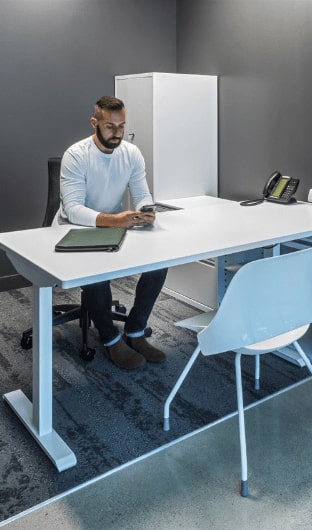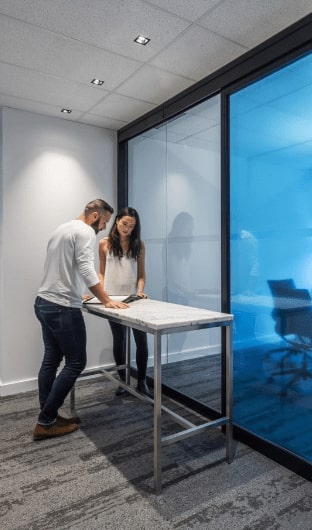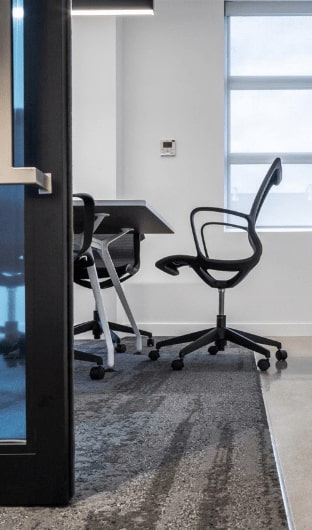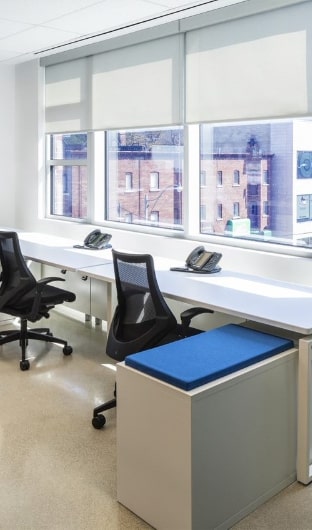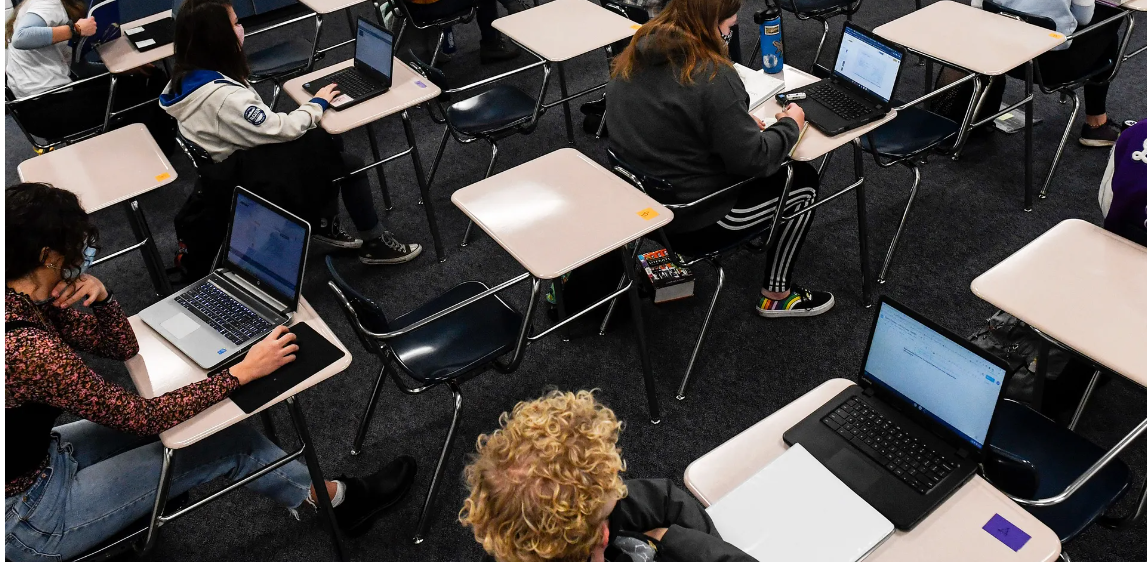
How Education Furniture Impacts Learning
Education furniture is often overlooked as an important factor in creating a conducive learning environment. However, studies have shown that the type and arrangement of furniture in a classroom can greatly impact a student’s ability to learn and retain information. In this article, we will explore how education furniture impacts learning and the benefits of investing in high-quality and ergonomic furniture for students.
Importance Of Education Furniture In Learning
The right education furniture is crucial for students to learn and perform well in classrooms. A comfortable and supportive chair and desk can promote good posture, which in turn helps students concentrate and focus better on their work. The right height for the desk and chair also helps prevent back and neck pain, which can be a major distraction for students.
Additionally, having the right education furniture can help create an environment that is conducive to learning, which can boost students’ motivation and engagement. Overall, investing in quality education furniture can have a significant positive impact on students’ academic performance and well-being.
Ergonomics
One of the most important factors to consider when selecting education furniture is ergonomics. Ergonomic furniture is designed to promote good posture and reduce the risk of physical strain or injury. When students are comfortable in their seats, they are more likely to stay focused and engaged in the learning process. In addition, ergonomic furniture can help prevent long-term health problems, such as back pain, neck pain, and poor circulation, among others.
Furniture Arrangement
The arrangement of furniture in the classroom also plays a critical role in learning. The traditional classroom setup of rows of desks facing the front of the room may not be the most effective layout for all types of learning. Some students may benefit from collaborative learning environments where they can work together in groups or pairs. Others may prefer individual workstations where they can focus on their own tasks without distraction.
By providing a variety of furniture layout options, educators can create a more inclusive and adaptable learning environment that meets the needs of all students. For example, a large circular furniture arrangement can facilitate interaction among group members, while an intimate setup can provide the perfect ambience for thematic and one-on-one discussions.
Type Of Furniture
The type of furniture used in the classroom can also impact student behaviour and engagement. For example, brightly coloured furniture can help create a more stimulating and engaging environment for younger students.
Flexible seating options such as bean bags or floor cushions can help students feel more relaxed and comfortable, which can, in turn, enhance their ability to learn.
Additionally, furniture that is designed for student interaction, such as desks with built-in whiteboards or collaborative workstations, can help promote teamwork and problem-solving skills.
One Size Doesn’t Fit All
When selecting furniture for educational facilities, it’s important to keep in mind that one size doesn’t fit all. Consider the age group of the students that will be using the classroom. Choosing generic furniture might seem like a safe bet, but it could potentially be ineffective for specific age groups. It’s important to ensure that the furniture is appropriate for the intended users. This rule also applies to other areas of the school, such as the library, cafeteria, and science labs. It’s crucial to choose chairs that are suited to the specific needs of each area, and the same goes for desks as well.
Sustainability
Investing in high-quality education furniture can also have long-term benefits for schools and educators. Durable and well-designed furniture can last for many years, reducing the need for frequent replacements and repairs.
In addition, furniture that is designed for easy cleaning and maintenance can help keep classrooms clean and hygienic, reducing the spread of illness and improving overall student health.
In conclusion, education furniture is a critical component of creating a successful and effective learning environment. By selecting ergonomic, adaptable, and engaging furniture options, educators can help students stay focused, comfortable, and engaged in their learning. Furthermore, investing in high-quality education furniture can have long-term benefits for schools and educators, making it a wise investment for any educational institution.
Connect with Harkel Office to create an educational facility where your students thrive and excel with the right furniture that meets the unique requirements of all your students and staff.


